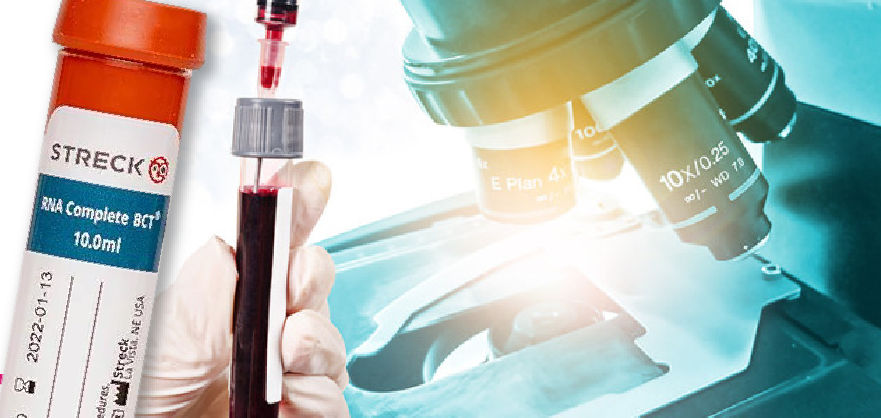RARa (17q21.1) gene and PML (15q22) gene rearrangements, t(15;17)(q22;q21.1)
RARa (17q21) gene encodes protein called retinoic acid receptor alpha, which acts as a nuclear receptor by binding specifically to DNA sequences controlling the transcription of genes important in the maturation (differentiation) of promyelocytes.
Acute promyelocytic leukemia M3 subtype (AML M3) is characterized by a clonal expansion of hematopoietic precursors blocked in the promyelocytic stage and is one of the most common subtypes of acute myeloid leukemias (AML), constituting 10 to 15% of cases in young adults. Several recent studies have shown a relative increase in the frequency of AML-M3 in some populations of Europe, Africa and Latin America ranging from 17 to 58% of AML in children up to 22 to 37% in adults.
Over 90% of cases are accompanied by a rearrangement involving the RARa gene (17q21) and PML gene (15q22). This rearrangement fuses part of the RARa gene with part of the PML gene, resulting in a fusion protein, PML/RARa, which binds to DNA and represses gene transcription by not responding to transcription signals. However, PML/RARa protein does not block proliferation or induce apoptosis, allowing abnormal cell proliferation. As a result, promyelocytes excess accumulates in the bone marrow and the formation of leukocytes in the blood is prevented, resulting in acute promyelocytic leukemia.
The treatment for acute pro-myelocytic leukemia (AML M3) is different than other types of AML. Optimal treatment requires rapid initiation of treatment with retinoic acid (ATRA) and Arsenic trioxide (ATO), being t(15;17) responsible for the response to ATRA treatment. A 10% of AML (M3) cases RARa gene fuses with other genes at chromosomes 5 and 11.
References
- Campbell LJ, et al. (2013) Biomed Res Int. 2013: 164501.
- Lee HJ, et al. (2013) Blood Res. 48(4):250-3.
- Suliman BA, et al. (2012) Front Oncol, 2: 74.
- Jovanovic JV, et al. (2011) Front Oncol, 35: 1-8.
- Grimwade D, et al. (2010) Cancer Treat Res. 145:219-35.
- Dan Douer, et al. (2003) British Journal of Haematology, 122: 563


